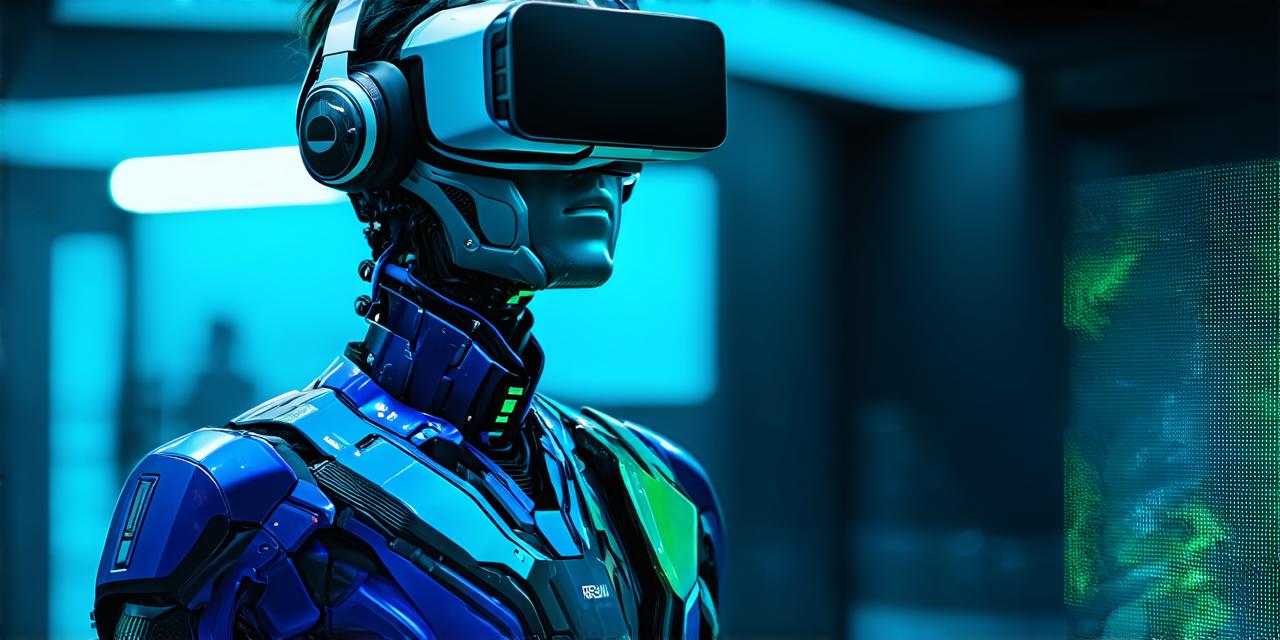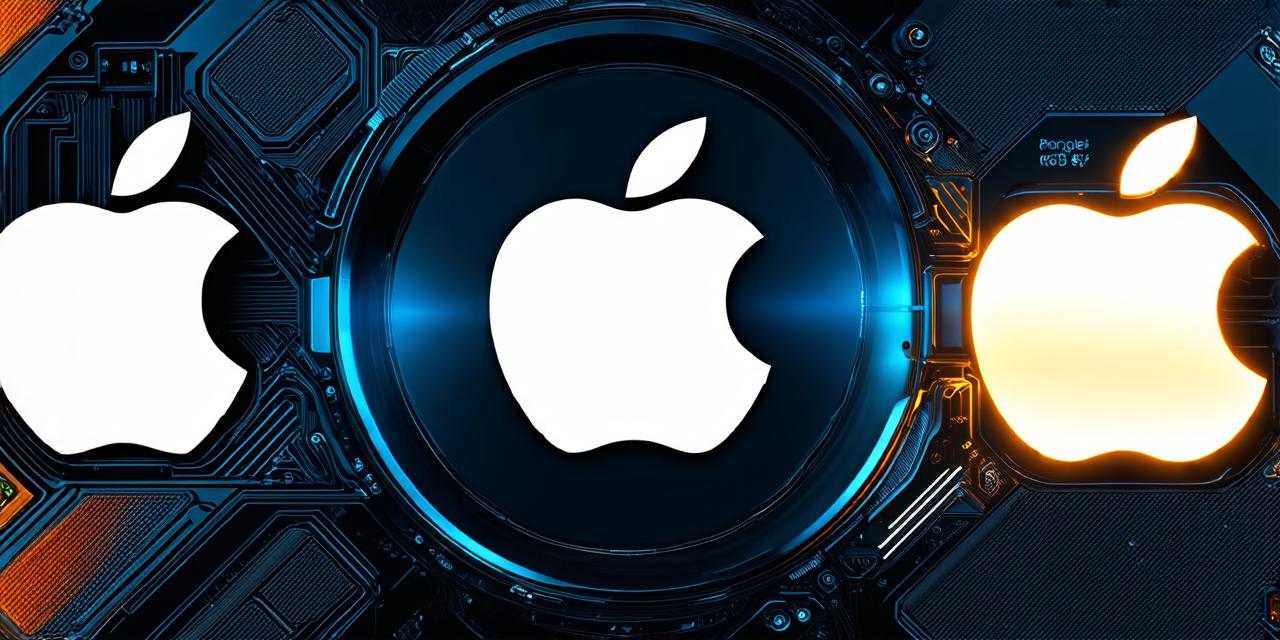Virtual reality (VR) and mixed reality (MR) are two terms that are often used interchangeably, but they actually refer to two distinct technologies. While both involve immersive experiences that blend the virtual world with the real world, there are key differences between VR and MR. In this article, we will explore what sets these two technologies apart and help you understand the differences between them.
What is Virtual Reality?
Virtual reality (VR) is a technology that allows users to experience a computer-generated environment as if they were physically present in the real world. VR headsets, such as the Oculus Rift or HTC Vive, track the user’s movements and provide them with a 3D view of the virtual environment. This immersive experience can be used for a variety of applications, including gaming, education, and training.
What is Mixed Reality?
Mixed reality (MR) is a technology that blends real-world environments with computer-generated objects or images. MR systems use cameras and sensors to track the user’s movements and overlay digital objects onto the real world. This allows users to interact with both virtual and physical objects in the same space.
Key Differences Between VR and MR
Field of View
Virtual reality headsets typically provide a narrow field of view, which means that the user sees only a small portion of the virtual environment at any given time. This can lead to a more immersive experience, as the user is fully focused on the virtual world.
Mixed reality systems, on the other hand, often provide a wider field of view, allowing users to see both the real world and digital objects in the same space. This can be useful for applications that require the user to interact with both physical and virtual objects.
Interaction
Virtual reality experiences are typically fully immersive, meaning that the user is completely disconnected from the real world. Users must physically move their bodies within the virtual environment in order to interact with digital objects.
Mixed reality experiences allow users to interact with both physical and virtual objects, but the level of interaction can vary depending on the system. Some MR systems provide a high degree of interaction, allowing users to physically manipulate digital objects, while others may simply overlay digital information onto the real world.
Hardware Requirements
Virtual reality experiences typically require more powerful hardware than mixed reality experiences. VR headsets and computers must be capable of rendering complex 3D environments in real time, which can require significant processing power.
Mixed reality systems, on the other hand, may require less powerful hardware, as they only need to track the user’s movements and overlay digital objects onto the real world. However, the level of interaction and complexity of the mixed reality experience will depend on the specific system being used.
Applications
Virtual reality is typically used for applications that require a fully immersive experience, such as gaming or education. Mixed reality, on the other hand, can be used for a wide range of applications, including design, engineering, and manufacturing.
Summary
In conclusion, virtual reality and mixed reality are two distinct technologies that offer different levels of immersion and interaction. While both can be used for a variety of applications, they have different hardware requirements and provide different levels of interaction with the real world. By understanding the differences between VR and MR, you can choose the technology that is best suited to your needs.



